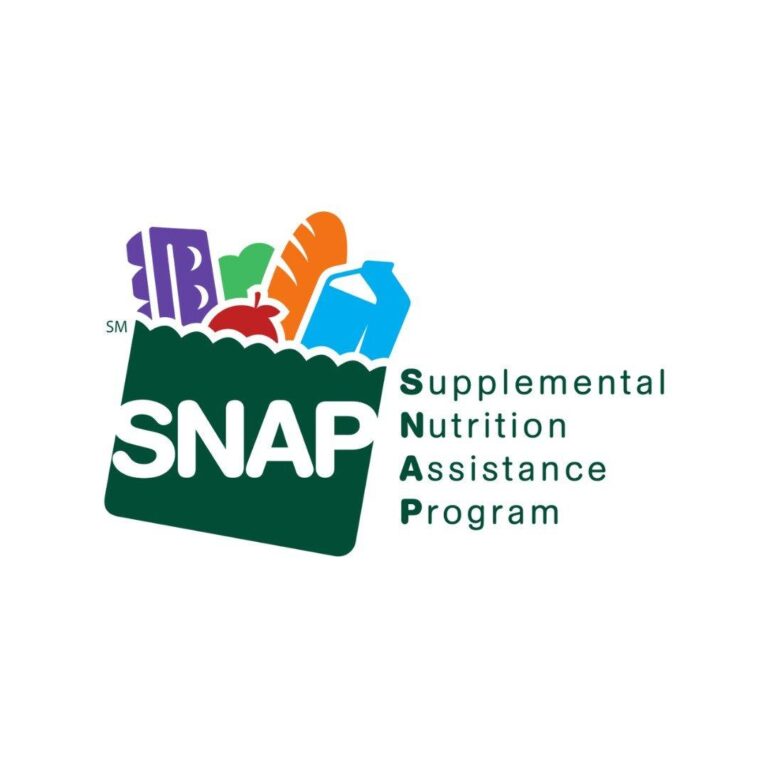The Supplemental Nutrition Assistance Program (SNAP), administered by the USDA Food and Nutrition Service, remains one of the nation’s most vital safety nets in the fight against hunger. Designed to provide low-income individuals and families with access to nutritious food, SNAP plays a crucial role in promoting food security across the United States. As economic challenges and food insecurity persist, understanding how this federally funded program operates, its impact on communities, and recent policy developments is essential for policymakers, advocates, and the public alike. This article explores the latest updates and insights surrounding SNAP, shedding light on its ongoing mission to ensure that no American goes hungry.
Understanding Eligibility and Application Process for SNAP Benefits
Applicants must meet specific criteria to qualify for SNAP benefits, focusing mainly on income, citizenship status, and household composition. Income limits are set according to the federal poverty level, which varies by household size. For example, a single individual might have a monthly income limit of around $1,383, while a family of four could qualify if their combined monthly earnings do not exceed approximately $2,839. Additionally, applicants must be U.S. citizens or certain legal non-citizens, and households with able-bodied adults without dependents have work requirements to fulfill. Verification of these factors is essential during the application review process to ensure fair distribution of resources.
- Income verification: recent pay stubs, tax returns, or employer statements
- Residency proof: utility bills or lease agreements
- Identification: valid government-issued ID or Social Security card
- Household information: details on all members residing in the home
| Step | Description | Estimated Timeframe |
|---|---|---|
| 1 | Complete and submit the application online or in person | 30 minutes |
| 2 | Attend a required eligibility interview (phone or in-person) | 15-30 minutes |
| 3 | Submit requested documentation within 10 days | Varies |
| 4 | Receive notification of eligibility and benefit amount | 7-30 days |
The application process emphasizes accessibility and support, with most states offering online portals that streamline submissions and provide real-time status updates. After the application is filed, applicants typically undergo an eligibility interview to verify provided information and clarify any questions. This step helps ensure that aid reaches deserving households efficiently. Following approval, benefits are loaded onto an Electronic Benefit Transfer (EBT) card, which can be used like a debit card at participating grocery stores nationwide. For those requiring assistance, local offices and community organizations offer dedicated help lines and in-person support to navigate the submission and appeal procedures.
Impact of SNAP on Food Security and Community Health
SNAP’s influence stretches beyond individual households, serving as a critical buffer against hunger and malnutrition in vulnerable communities. By providing eligible low-income Americans with monthly benefits to purchase nutritious food, SNAP ensures millions have consistent access to balanced diets. Studies link SNAP participation to reduced food insecurity rates, which in turn correlates with better physical health outcomes, fewer chronic diseases, and improved mental well-being. This accessibility promotes healthier eating habits, especially among children, which positively impacts academic performance and long-term developmental milestones.
Communities benefit holistically as SNAP injects billions annually into local economies through food expenditures at grocery stores and farmers’ markets. This economic stimulus supports small businesses and agricultural sectors while fostering food sovereignty and sustainability. Highlighting key outcomes, the following table summarizes SNAP’s impact:
| Impact Area | Outcome | Community Benefit |
|---|---|---|
| Food Security | Reduction in hunger by 30% | Improved household stability |
| Health | Lower rates of diet-related diseases | Decreased healthcare costs |
| Economy | $1.50 generated per $1 spent | Supports local jobs and farms |
- Empowers families to choose healthier food options.
- Strengthens local food systems through market participation.
- Enhances community resilience in times of economic downturn.
Maximizing SNAP Benefits Through Local and Online Resources
Maximizing your SNAP benefits extends beyond the monthly allotment, leveraging both local community resources and innovative online tools to stretch your food budget further. Many states collaborate with farmers’ markets and grocery stores to accept SNAP benefits while offering additional incentives such as matching programs for fresh produce. Additionally, local food pantries and community gardens often coordinate with SNAP recipients to provide supplemental food options at no extra cost. These partnerships empower beneficiaries to access healthier food choices while managing their household expenses effectively.
Online platforms also play a crucial role in enhancing the SNAP experience by offering digital access to discounts, meal planning, and educational resources. Websites and mobile apps designed to assist SNAP users not only list approved retailers but also highlight flash sales and coupons exclusive to SNAP households. For instance, some platforms provide personalized shopping lists tailored to nutritional needs and budget constraints, helping users make informed and cost-effective decisions. Below is a snapshot of popular online resources:
| Resource | Features |
|---|---|
| SNAP Benefits Tracker | Monitor spending & remaining balance |
| LocalFreshMarkets.org | Find farmers’ markets accepting SNAP + matching offers |
| HealthyEats App | Meal planning & nutrition tips tailored for SNAP users |
Being proactive and informed by utilizing these resources ensures that SNAP benefits deliver maximum nutritional value while supporting local economies and fostering healthier communities nationwide.
Policy Changes and Future Prospects for the Supplemental Nutrition Assistance Program
Recent legislative steps signal a dynamic shift in the administration of SNAP benefits, aiming to expand its reach and adaptability. Notably, policy revisions focus on enhancing access for vulnerable populations, including seniors and individuals with disabilities, through streamlined application processes and improved benefit accuracy. Additionally, pilot programs integrating technology—such as mobile EBT payments and real-time eligibility updates—promise to modernize the way recipients interact with the system, reducing barriers to food security.
Key emerging initiatives include:
- Increased funding for nutrition education alongside benefit allocation to promote healthy dietary choices.
- Expansion of SNAP-Ed programs targeting rural and underserved urban areas.
- Partnerships with local farmers’ markets to enable SNAP usage and support sustainable food systems.
- Enhanced data-driven oversight to identify fraud while protecting beneficiary privacy.
| Policy Initiative | Projected Impact | Implementation Timeline |
|---|---|---|
| Mobile EBT Expansion | Streamlined benefit access | 2024-2025 |
| SNAP-Ed Rural Outreach | Improved nutrition education | 2023-2026 |
| Farmers’ Market Partnerships | Support for local economies | 2024+ |
Key Takeaways
In conclusion, the Supplemental Nutrition Assistance Program (SNAP) remains a critical lifeline for millions of Americans facing food insecurity. Administered by the USDA Food and Nutrition Service, SNAP continues to evolve in response to changing economic conditions and community needs, ensuring that eligible households have access to nutritious food. As policymakers and advocates work to strengthen and expand this program, understanding its impact and mechanisms is essential for addressing hunger across the nation. For more information and resources, visiting the official USDA Food and Nutrition Service website offers comprehensive guidance on eligibility, benefits, and program updates.




